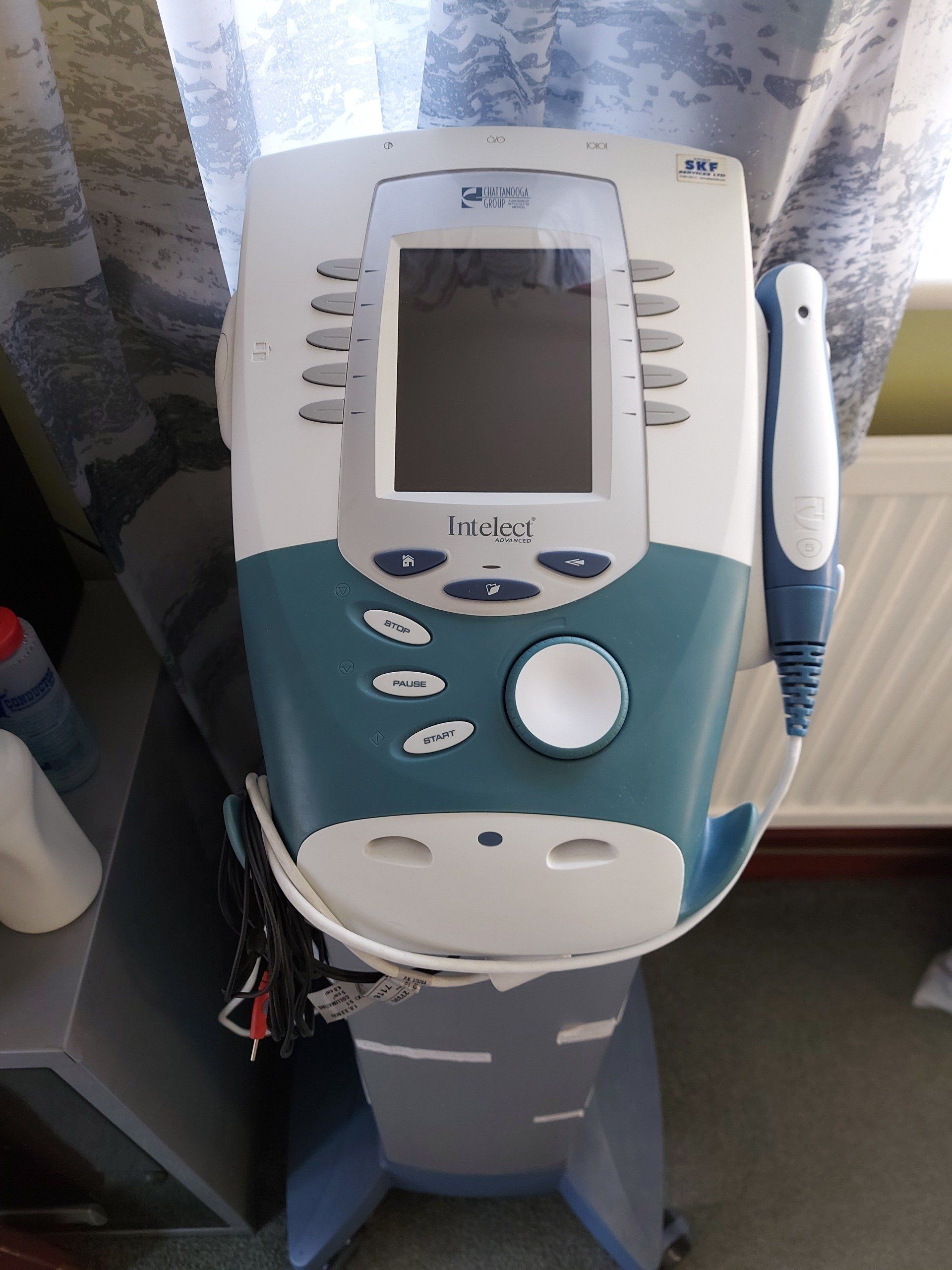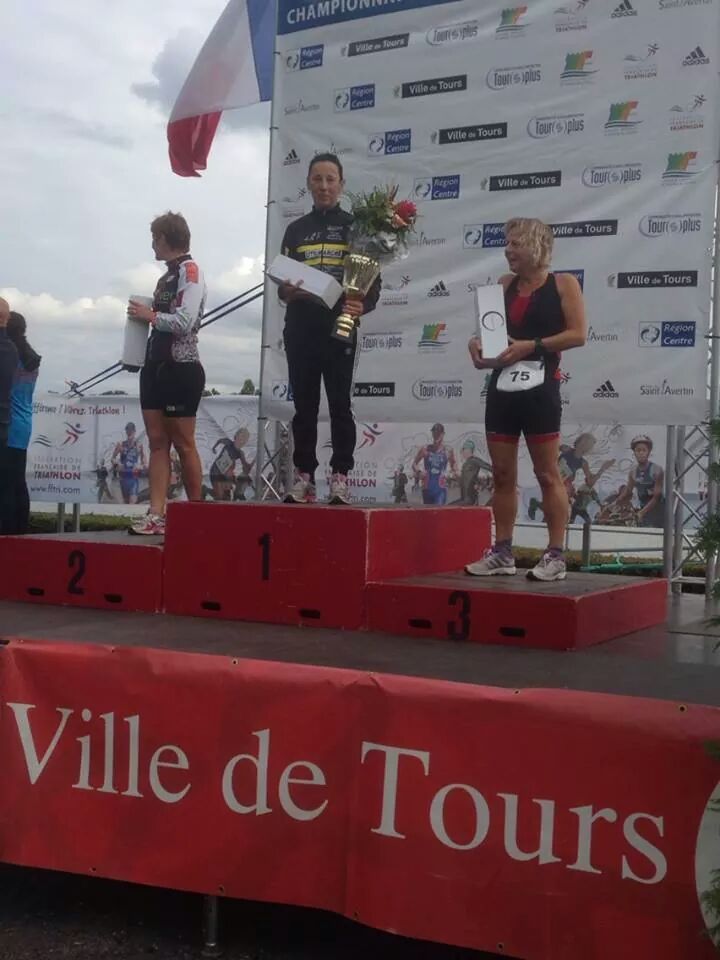FAQ
On this page are listed some of the most common questions that people ask when deciding that the services offered by David Brown Sports Therapy Practice is for them.
Please Note:
If you don't find the answer to your question here please feel free to get in touch using any of the methods provided on the HOME page.
I'm not a sports person but I still have......(aches, pains, injury, etc,)..... could your services still help me?" - Yes, most certainly. Although it's entitled Sports Therapy it can help anyone that has an injury or muscular aches and pains, etc. After all, a day in the garden or doing DIY can give you just as much of a workout as a session in the gym.
"How do I make an appointment?" - Simply go to the
HOME page on this website and choose the most appropriate method to get in touch.
How long does a treatment last?" - Treatments usually last an hour but half-hour and ninety minute sessions are available depending upon your requirements.
What happens during a treatment session?" - A medical history will be recorded prior to the first treatment and those notes will be updated at the end of that and every subsequent treatment. A brief assessment will then take place to determine treatment requirements and a proposed treatment plan will be discussed. This is followed by the treatment itself. Throughout the treatment a gentle base oil or lotion may be used that is readily absorbed by the skin but it is asked that you wear suitable clothing in case some traces remain on your skin, and to accomodate movement of joints and limbs during the session.
How many treatments will I need?" - That depends on several factors such as whether you are recovering from an injury or other condition, whether you are having a general treatment for 'maintenance' purposes, how well you respond to the treatments, and so on.
Although the general aim of treatment following injury is to work with the individual to help them attain a level at or preferably above where they were immediately before sustaining the injury, obviously everyone is different and so are their requirements. Some have weekly treatments whilst recovering and then progress to regular monthly treatments once they are fully recovered, others just book up as and when they feel they would benefit from a treatment. It's really your decision at the end of the day.
How much does a treatment cost?" - Fees are currently - up to 30 minutes - £35, 30-60 minutes - £50, 60-90 minutes (subject to availability) - £70. Late cancellations (less than 24 hours) and missed appointments may be subject to a charge of 50% of the full session fee.
What payment methods do you accept?" - Accepted methods of payment are by cash, cheque, contactless credit and debit card, Apple pay, Google pay, and BACS. The full range of cards accepted can be seen on the
HOME page.
Can I claim for a treatment through my private health insurance?" - It really depends on your Health Insurer. Some patients have had their fees reimbursed through their policy but others have not. The best advice is to check with your insurer first.
I'm not sure about seeing a male therapist by myself " - I fully understand your concerns and I encourage any individual with such or similar concerns to feel free about bringing a chaperone with them to any consultation. ANYONE under the age of 18 is required to attend with a chaperone.
And after the treatment?" - Some post-treatment soreness may be felt following treatment, but this is quite normal and nothing to worry about and usually disappears within a day or so, but it is often advisable to allow yourself at least an easy training day the following day.
What is Rehab plus?" - A Great deal of available treatment and rehabilitation provides only that which is necessary to return the individual to what are referred to as "Activities of Daily Living". This means so long as you are able to get yourself to work, dress yourself, cook and generally fend for yourself on a day-to-day basis then you will be discharged from treatment. This is fine if that is all you want to do on a day-to-day basis, but for a growing number of people more is needed if the risk of repeat injury is to be minimised. Rehab Plus are sessions that will retrain you back to and beyond the stage you were at prior to your injury occurring. The training is very specific to the structures and biomechanics surrrounding the injury cause.
"What is the difference between Fitness instruction and Rehab Plus?" - Fitness instruction involves collecting information about why an individual wants to train, e.g. in preparation to take up a sport, for a charity event, weight-loss, etc., measuring their baseline fitness level, and then constructing a programme tailored to their specific fitness requirements. It can involve regular one-to-one sessions in addition to the initial exercise instruction and equipment induction training. Rehab Plus is very specific to the recovery and rehabilitation from injury. It could be regarded as the bridge between being injured and resuming full fitness training. Often the two can be combined to maintain some componenets of fitness whilst rehabilitation is being progressed, and identify key areas to continue working on once full training has resumed.




